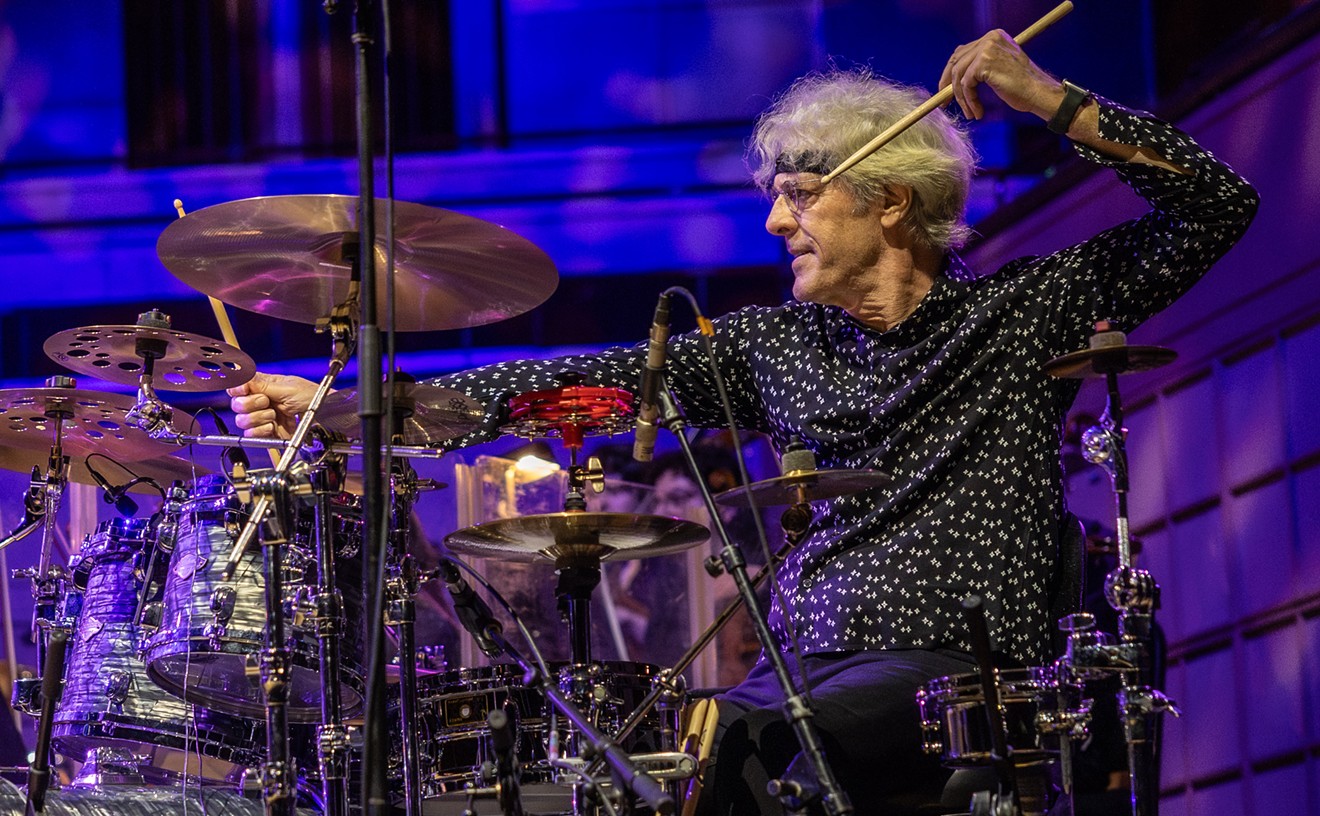For Rosen, getting the inside track on Lennon's life during those reclusive years is a story in itself. As noted in the book's introduction, he relied largely on the ex-Beatle's diaries, which were made available to him through Lennon's former personal assistant, Fred Seaman. According to Seaman, Lennon asked him to write the real story of his final years should something happen to him. Seaman later invited Rosen to collaborate on the proposed book, providing him with unreleased audio- and videotapes that Lennon had recorded, as well as Lennon's personal journals. Thus began the arduous task of transcribing the diaries in which Lennon (in the author's words) had recorded in obsessive fashion "every detail, every dream, every conversation, every morsel of food he put in his mouth, the perpetual stream of consciousness."
By January 1982, Yoko Ono had fired Seaman. Rosen, who was then on vacation, returned the next month to find that his apartment had been ransacked--the diaries, transcripts, tapes, and photos all gone. (Seaman was eventually arrested for grand larceny and sentenced to five years' probation.) As a result, Rosen was forced to rely on his memory to recapture all the details. For the record, he also used Lennon's interviews and published writings, as well as material provided by those closest to Lennon, including his sons Sean and Julian, ex-lover May Pang, and Ono. As a result, he calls Nowhere Man "both investigative journalism and imagination."
Rosen's goal was to create a portrait of "what it was like to be John Lennon," and the man depicted in these pages is an unsettled, even tortured soul whose greatest ambition in those last five years was "to achieve a state of spiritual perfection by following the way of the masters Jesus, Buddha, Mohammed, Krishna, and Gandhi," an endeavor that remained at odds with Lennon's basically volatile nature and materialistic cravings. Lennon's lack of discipline, be it his weakness for cigarettes and coffee or his inability to meditate for hours on end on a regular basis, left him in "a perpetual state of self-chastisement." (Apparently, Lennon's only triumph of will was maintaining what he felt was the ideal weight for his 5-foot-8 height--somewhere around 135 pounds--his weekly fasts being "one area of discipline that never broke down.")
As Lennon's world shrank, his primary focus appeared to be his journals, "his best friend, his only companion." And nothing, it seems, was too trivial to be explored--not the weather conditions (which he recorded on a daily basis) or his dreams (which he described in detail at Ono's urging). In addition to being committed to his journals, he was a voracious reader, and his interests ranged from philosophy, science, and religion to more lowbrow entertainment--Lennon devoured the weekly tabloids and trusted in their relative accuracy.
Each chapter of Nowhere Man offers a glimpse into different areas of Lennon's life, and the complete image that emerges is, in Rosen's view, not a pretty picture. "Existence in the Dakota might have been living death," he writes, "but existence outside the Dakota was unthinkable." (Understandable, when you consider that Lennon could not make peace with his fame and simply found it easier to stay inside, rather than face the autograph hounds and stares that greeted him on the few occasions he ventured out.) And Lennon's relationship with Ono was hardly as blissful as it's often made out to be. Their moments of genuine happiness were apparently few, yet they were clearly dependent on each other, to the exclusion of everybody else. ("The only friends they had were each other," writes Rosen, "and that was the way they wanted it.") Lennon's relationship with his younger son, Sean, who is depicted here as spoiled and tantrum-prone, was easier to gauge. The affection he had for his son was obviously genuine, yet it was a relationship dogged by insecurity on the part of Lennon, who was gripped by anxiety when the two had a dispute, fearing the loss of his son's affection.
Perhaps the most surprising aspect of this book is the couple's fascination with the occult. Besides sharing an addiction to numerology (which virtually ruled their lives), they depended heavily on the advice of their psychic and tarot card reader, Charlie Swan, while Lennon dedicated himself to his search for meaning, proclaiming himself a born-again Christian one week and determined to master the art of flying by assessing his higher energies the next.
Even Double Fantasy, his 1980 comeback album, which was a joint effort with Ono, wasn't the happy new beginning it may have first appeared to be. Instead, according to Rosen, the recording ultimately left him depressed by what he considered to be a mediocre effort, while the thought of future touring and recording clearly left him unenthusiastic. In Rosen's estimation, Lennon felt trapped by his circumstances: "Buried alive in a high-rent purgatory of superstition and fear," Rosen writes, Lennon was wondering "if something good was ever going to happen to him again or if it was just going to go on like this 'til the day he died." Lennon and Ono "shared a dread of the world learning how bad it had become for them."
The book's last few chapters--devoted to the unraveling of Lennon's killer, Mark David Chapman, whose obsession with Holden Caulfield (the young, angry hero of J.D. Salinger's The Catcher in the Rye) seemed almost as great as his Lennon fixation--are even grimmer than the portrait of Lennon. Describing the gradual buildup of Chapman's homicidal rage toward the man he viewed as the ultimate phony, the book is bound to leave readers with one conclusion: Chapman is the book's real nowhere man.
As for Lennon, the author's generally sympathetic stance allows readers to draw their own conclusions as to whether he was a man with simply too much time on his hands, struggling to fill the empty hours, or one who, having already accomplished his musical goals, was tenaciously committed to his own spiritual growth.










